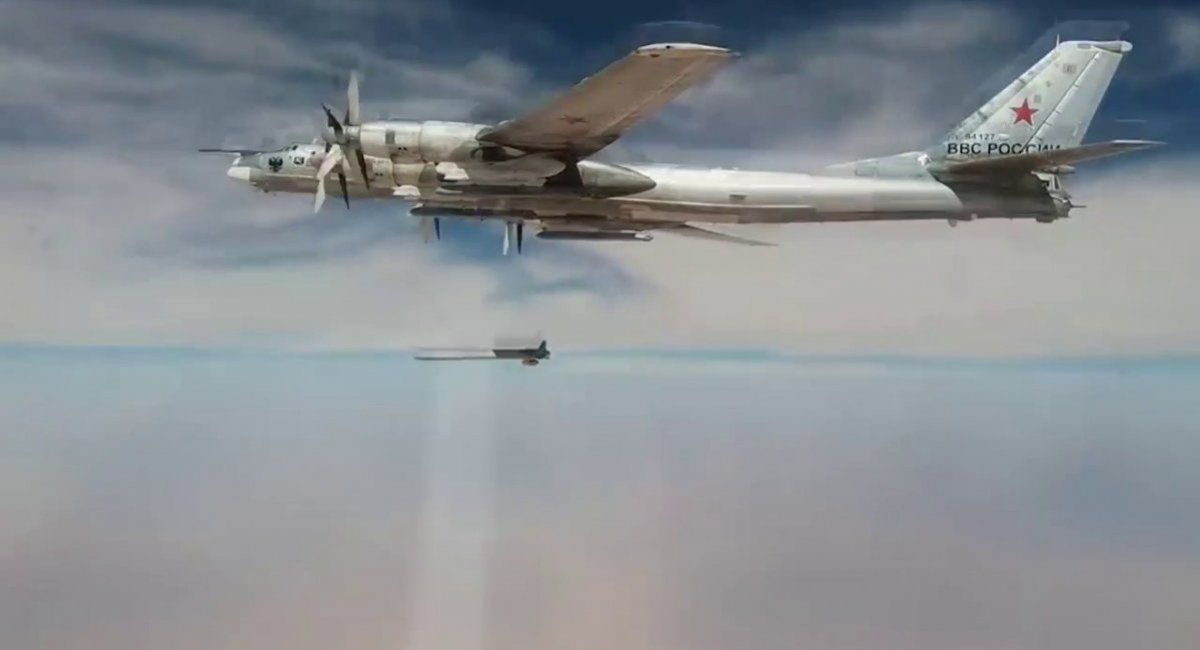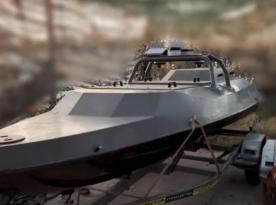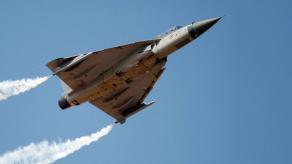Hypothetically, if russia were to launch a full-scale war against Japan and conduct mass missile strikes, its armed forces would need to expend up to 45 Kh-101 and Iskander missiles for each Patriot air and missile defense system position to neutralize them.
Similarly, destroying each of Japan's shipyards would require at least 25 Kalibr cruise missiles, according to calculations published by russian military theorists and cited by Defense Blog.
Read more: While russia Makes 1,600 Cruise Missiles and 6,000+ Shahed Drones, Western Air Defense Production is Looking Gloomy
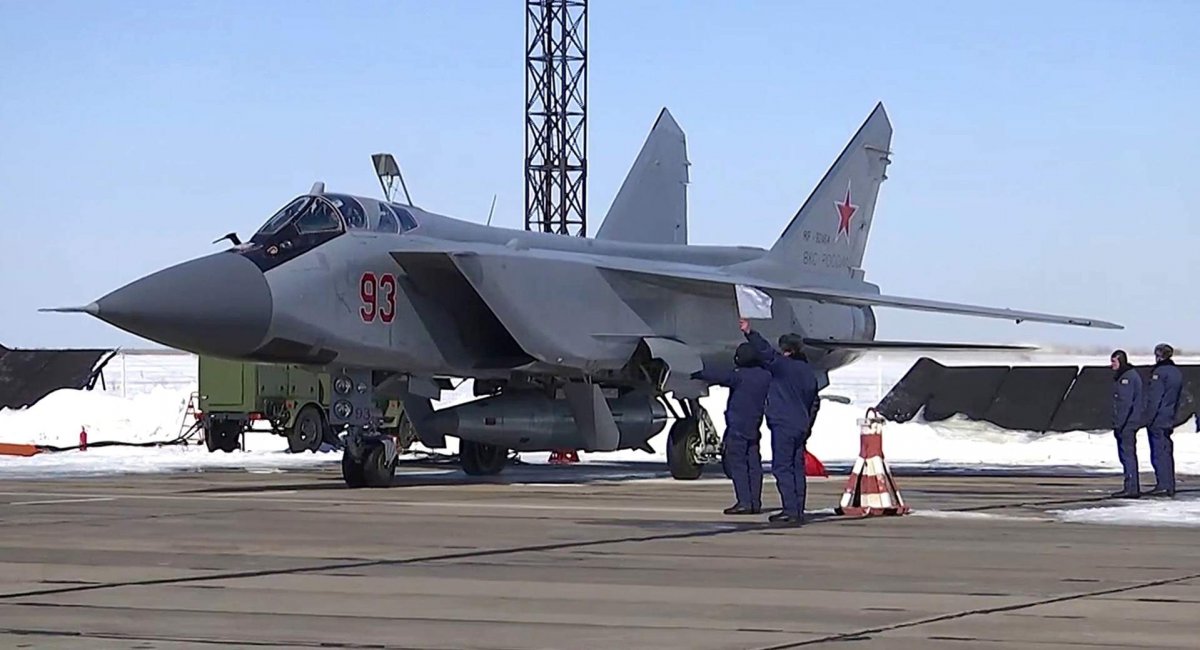
Defense Express, in turn, adds that such inflated estimates likely reflect lessons from russia's failures in Ukraine. After repeatedly struggling to destroy critical military targets, Moscow shifted its focus toward terror strikes on civilian infrastructure.
Back to the original report. In their planning, russian analysts also consider using 10–12 Kinzhal air-launched missiles per Patriot position as an alternative to Kh-101s or Iskanders. The identified targets include Patriot batteries stationed in Hakodate, Iruma (Saitama Prefecture), and Gifu.
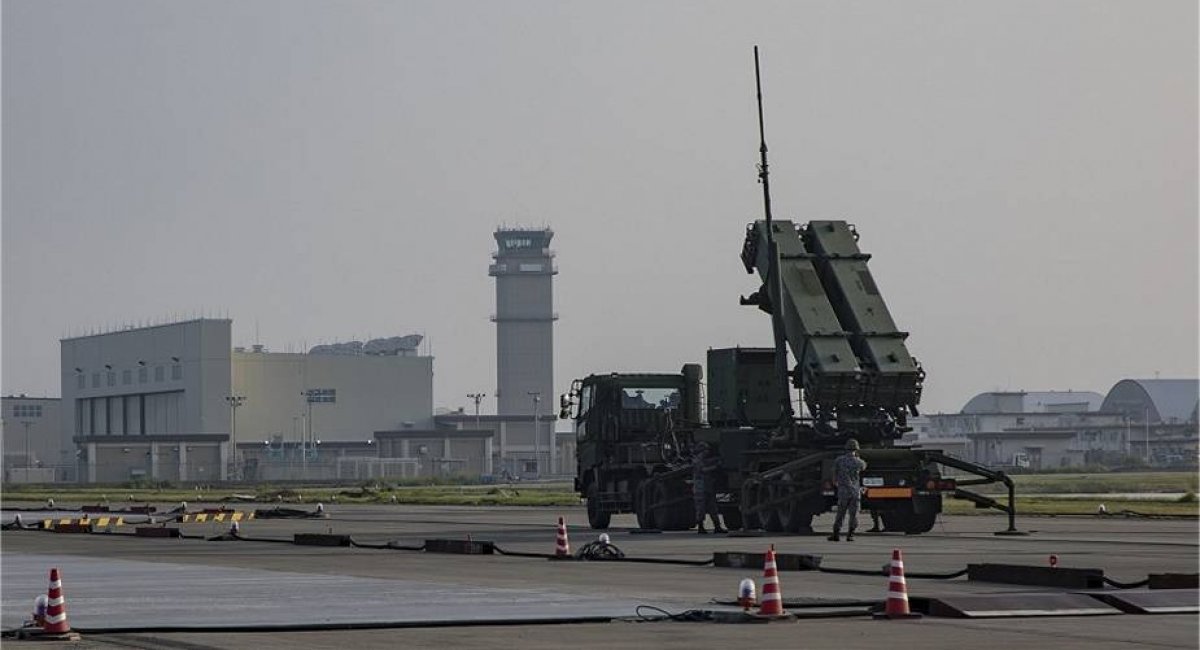
According to The Military Balance 2024 study by IISS, Japan fields 24 Patriot PAC-3 batteries with 120 M902 launchers, 26 Air Base Defense SAM launchers, and around 300 air defense SAM launchers of various types in the land forces.
The russian scenarios also emphasize the need to strike on Japan's early warning radar network, specifically J/FPS-3UG radars in Tobetsu and Kyogamisaki, and the J/FPS-4 radar on Mount Takao. Neutralizing these would allegedly require 200–250 Kh-101 cruise missiles in total.
The emphasis on targeting shipyards rather than naval bases is worth pointing out: russian planners argue that facilities like Mitsubishi Heavy Industries' shipyards in Nagasaki, Kobe, Shimonoseki, and Yokohama support not only Japanese naval assets but also U.S. warships. This makes their destruction a way to undermine the Japan-U.S. alliance.
Particularly interesting are russian analysts' justifications to posting such aggressive rhetoric: allegedly, it stems from Japan's plans to deploy new strike capabilities, including long-range Type 12 missiles (range 1,200 km) and potential hosting of U.S. Typhon ground-based missile systems armed with Tomahawks.
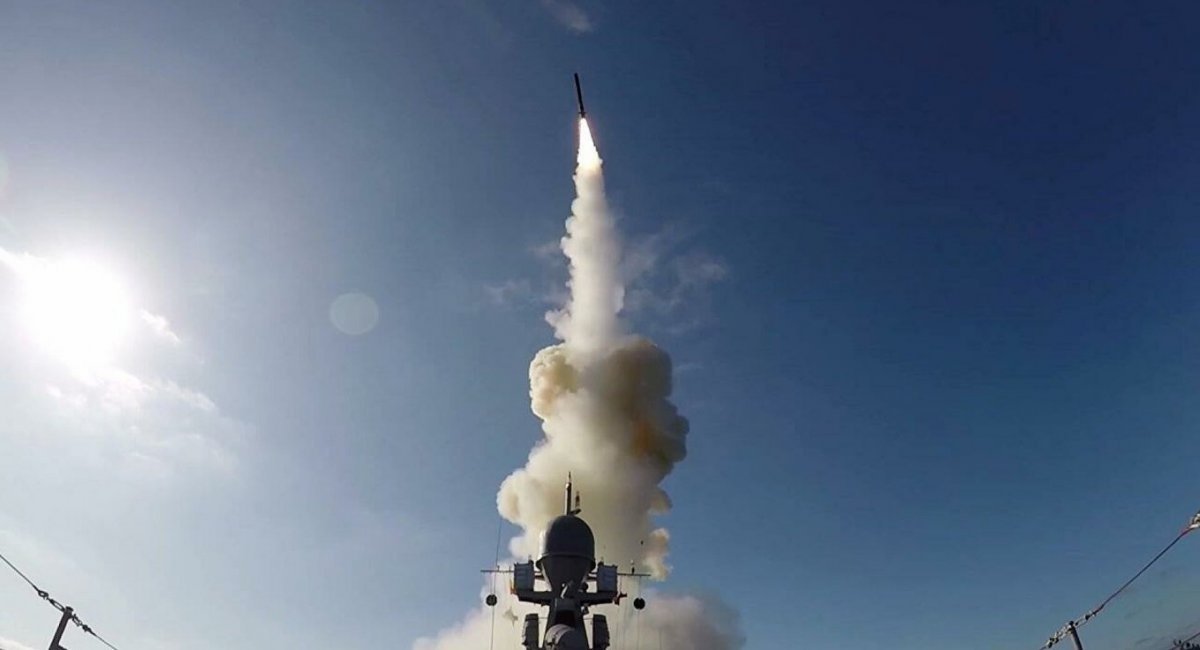
Read more: Japan Releases New Photo of Its Railgun, Which Has Been in Development Since At Least 2016




